Perimeter
The perimeter of a shape is the total distance around the outside of the shape. It is the sum of all the side lengths of the shape.
Formulas for Perimeter
For different shapes, the formulas to calculate the perimeter are:
Rectangle: P = 2 × (length + width)
Triangle: P = side1 + side2 + side3
Circle: P = 2 × π × radius (or P = π × diameter)
Examples
Let's consider some examples:
Example 1: Find the perimeter of a rectangle with length 8 cm and width 5 cm.
Solution: P = 2 × (8 + 5) = 2 × 13 = 26 cm
Example 2: Find the perimeter of a square with side length 6 cm.
Solution: P = 4 × 6 = 24 cm
Example 3: Find the perimeter of a triangle with side lengths 3 cm, 4 cm, and 5 cm.
Solution: P = 3 + 4 + 5 = 12 cm
Example 4: Find the perimeter of a circle with a radius of 10 cm. (Use π = 3.14)
Solution: P = 2 × 3.14 × 10 = 62.8 cm
Study Guide
When calculating the perimeter of a shape, remember to:
- Identify the shape and its side lengths.
- Use the correct formula for the shape (rectangle, square, triangle, circle).
- Add up the side lengths to find the perimeter.
- Pay attention to units (cm, m, etc.) and include them in your answer.
Practice calculating the perimeter of different shapes to become more familiar with the concept. You can use the formulas provided to solve practice problems and improve your understanding of perimeter.
Remember, the perimeter is a measure of the boundary of a shape, and it is an important concept in geometry and real-world applications.
.◂Math Worksheets and Study Guides Fourth Grade. Measurement

 Activity Lesson
Activity Lesson
 Activity Lesson
Activity Lesson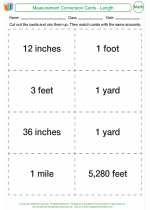
 Activity Lesson
Activity Lesson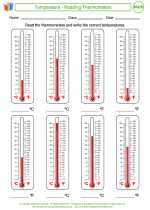
 Worksheet/Answer key
Worksheet/Answer key
 Worksheet/Answer key
Worksheet/Answer key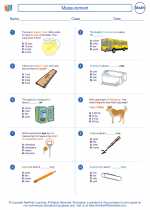
 Worksheet/Answer key
Worksheet/Answer key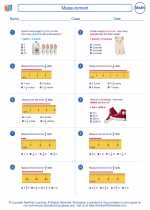
 Worksheet/Answer key
Worksheet/Answer key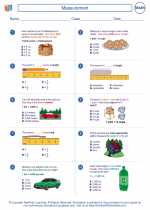
 Worksheet/Answer key
Worksheet/Answer key
 Worksheet/Answer key
Worksheet/Answer key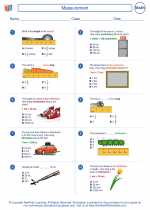
 Worksheet/Answer key
Worksheet/Answer key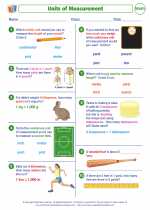
 Worksheet/Answer key
Worksheet/Answer key
 Worksheet/Answer key
Worksheet/Answer key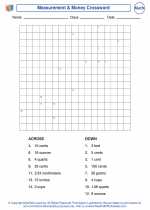
 Worksheet/Answer key
Worksheet/Answer key
 Vocabulary/Answer key
Vocabulary/Answer key
 Vocabulary/Answer key
Vocabulary/Answer key
 Vocabulary/Answer key
Vocabulary/Answer key
